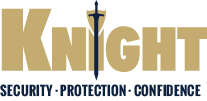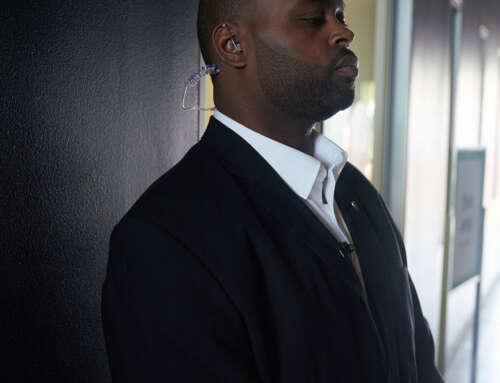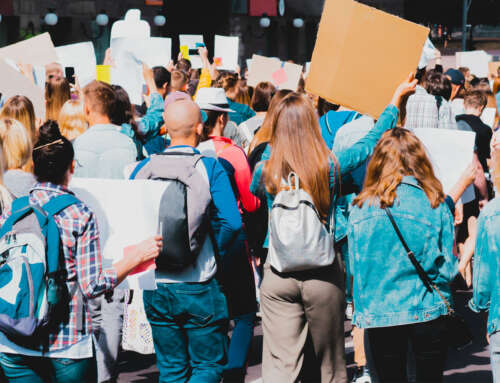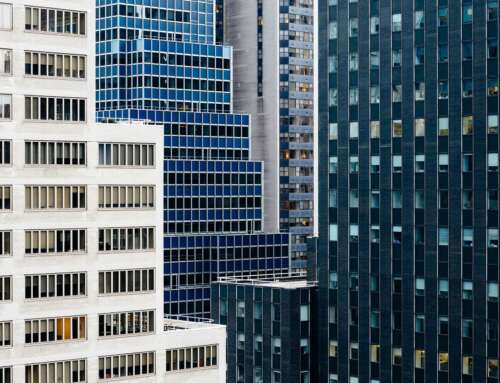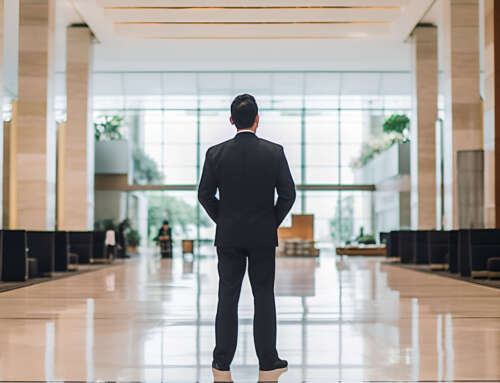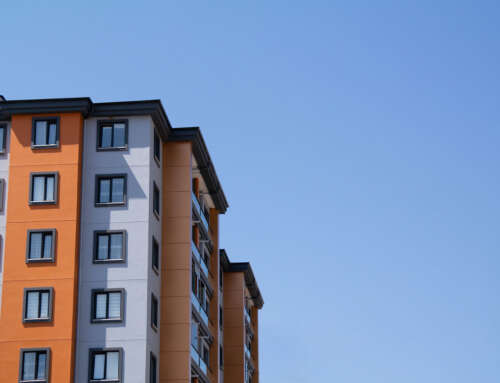Laying the Foundation for a Safer Property
When it comes to protecting a building in a city like New York, security can’t be an afterthought. It should be a core part of how your building is managed, with layers of protection that work together to reduce risk and respond effectively when something goes wrong.
In this first part of our series on building security, we’ll break down the key components of a modern, effective security plan. From access control to surveillance to physical safeguards, here’s what you need to know to get the basics right.
Access Control
Who Gets In, and Who Doesn’t
Access control is your building’s first security filter. Done well, it ensures that only authorized people can enter—and only to the areas they’re supposed to access.
Key elements to consider:
- Secure Entry Systems: Use tools like keycards, biometric scanners, or mobile credentials.
- Intercoms: Allow tenants or staff to verify visitors before granting access.
- Package & Delivery Screening: Create clear procedures for handling and verifying all incoming deliveries.
- Freight Elevator Access: Limit access to these often-overlooked entry points.
- Staff Turnover Protocols: Update access permissions immediately when someone leaves.
- System Integration: Make sure your access control works in tandem with alarms, intercoms, and emergency alerts.
Physical Security
Creating Real Barriers
Physical security is about putting real-world obstacles between your property and potential threats—whether it’s a break-in, vandalism, or something more serious.
Your physical security plan should include:
- Perimeter Controls: Fences, gates, security bollards, and controlled entry points.
- Keyless Entry & Smart Locks: More secure and flexible than traditional keys.
- Motion Sensors & Panic Buttons: Enable quick responses to suspicious activity or emergencies.
- Lighting & Visibility: Well-lit areas deter criminal behavior and support camera coverage.
Surveillance
Eyes on What Matters Most
Video surveillance isn’t just for solving crimes—it can help stop them before they happen. A well-placed camera system also supports investigations and reduces liability.
Make the most of your surveillance system with:
- Strategic Camera Placement: Focus on entrances, elevators, parking areas, loading docks, and common spaces.
- High-Resolution Cameras: HD, night vision, and motion detection improve visibility and accuracy.
- Cloud Storage: Safeguard footage and ensure remote access during emergencies.
- Real-Time Alerts: Integrate cameras with other systems for instant notifications.
Human Presence
The Value of Security Personnel
Technology is critical—but nothing replaces trained people on the ground. Security officers play a key role in detection, prevention, and rapid response.
What trained security guards bring:
- Regular patrols and presence
- Live monitoring of surveillance feeds
- Immediate response to incidents
- Customer and tenant support
- Coordination with emergency responders
Looking Ahead
Security is never a simple task. It evolves with your building, your tenants, and the threats around you. In Part 2, we’ll explore how fire safety, emergency preparedness, and coordinated evacuation planning are essential next steps in creating a truly secure property.
